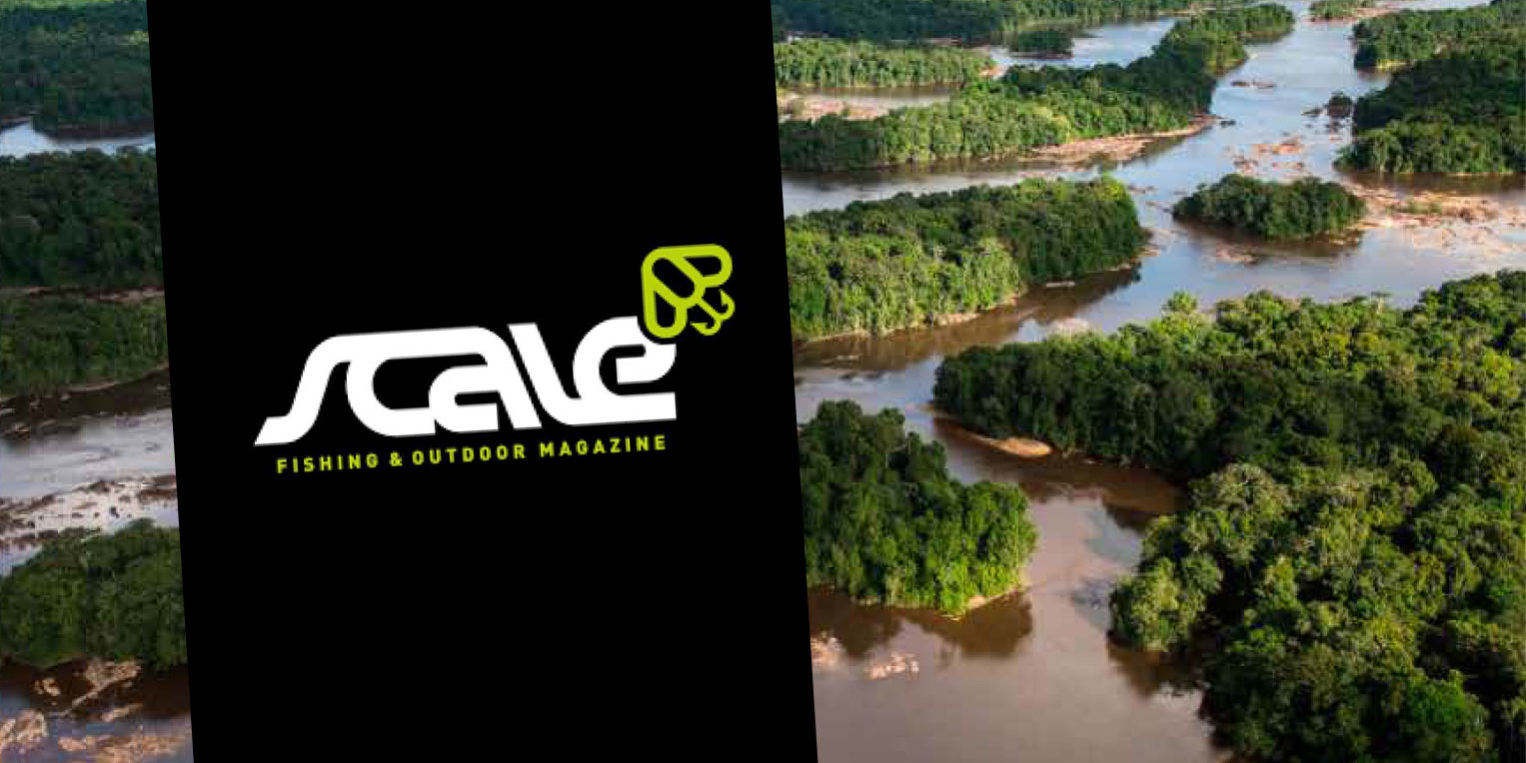We grow up with songs and poetry of plains, grasslands and mountains. But life teaches us that all rivers are storytellers. Guyana means “The Land of Many Rivers,” but the 630-mile-long Esseuino dominates one of Earth’s greatest regions of biodiversity.
Portuguese, Spanish, French, British, Dutch
The Essequino witnessed billowing sails upon Christopher Columbus’s third expedition over the Atlantic’s horizon in 1498. Then Amerigo Vespucci’s [for whom both continents new world were named] in 1499. Don Diego Columbus, son of Chirstopher dispatched his deputy, Juan de Esquival to enter the river which eventually bore his mane.
Aboriginals migrating from Venezuela and the Caribbean settled here 5,000 years ago. They proved pugnacious to Europeans seeking colonization and a mythical city Manoa.
Constructed of gold and precious stones, it was the seat of El Dorado, “The Golden One.” European lust for treasure ignited in 1595 by Sir Walter Raleigh’s publication of The Discoverie of the Large Rich and Bewitiful Empyre of Guyana.
Explored by the Portuguese, plundered by the Spanish and sacked by the French- then centuries of warfare between the Dutch and English and their trading companies eventuated. The English colony Guyana, Dutch colony of Suriname and French Guiana settled into today’s geography.
Apoteri
Where the upper Essequibo’s clear, dark water joins the white silty Rupununi lies the village of Apoteri, home to 280 Amerindians [shudder at political correctness term.] These indigenous trickled in the early 18th century from the Rio Branco and Rio Negro regions of Brazil. They were avoiding tribes trading slaves and Portugese trying to push them into missionary settlements. They are mainly Masuchi, farmed for their use of curare and Wapishana.
Mankind began civilization on riverbanks. Here, husbandry of the bitter cassava root used for food, textiles and building material allowed generations to thrive. Early 20th century Apoteri prospered with the balata industry, abandoned since plummeting native latex prices and trees perished from their bleeding. Of 300 genera of aquatic life in the Essequibo, at least 40 are amenable to sportfishing.
Now this river speaks to me. It’s multiple species fishing. Peacock bass are plentiful, but not as large as other genetic enclaves reaching about 12 lbs. However, 100 strikes per day is common. Vampire toothed payara above 40 lbs. are taken. There’s plentiful arowana and species of catfish growing to immense proportions.
This is our best locale for arapaima, the largest scaled freshwater fish on the planet. Campbell James, previous Apoteri chief worked with biologists from England, the United States and IWOKRAMA, Guyana’s International Centre for Rain Forrest Conservation and Development. Once depleted arapaima populations have increased 10-fold. You are virtually assured of encountering these giant trophies in the dry season. The 2015 world record on flyrod 416 lbs. stands from neighboring Rewa river.
A Woman on Point
So, the river relates a contemporary story of modern enlightenment, fishing conservation and a bold young woman entrepreneur as relevant as any from New Yor;s Hudson or the Seine in Paris. Fay James, Campbell’s daughter is yet to see her 30th birthday. She stands at the crossroads of her native traditions and the modern world, perhaps more than anyone else from Apoteri. The simple village is mainly single room handmade wooden huts, some with thatched roofs. A product of Apoteri primary school, Fay went on to study at Bina Hill Institute in Annai. There she won a scholarship to The Guyana School of Agriculture which she attended as a fisheries student.
Also, there are Binas or charms. My guide, a young villager in sunglasses and a Nike cap, had a pocketful of special leaves to produce one. This charm would make him irresistible to girls upon his return. I snuck some into my camera bag for the trip home.
There is a clear difference between fish which are accustomed to seeing lures presented constantly and those naive to our angling methods. Their passion is not adulterated; striking with wild abandon revealing their true predatory character. It ignites prana in the spinal cord, setting the angler’s world on fire. This kundalini keeps us coming back. Decades ago, Costa Rica and Panama were like this, even the Florida Keys. No longer. It’s even harder to find a natural locale. Pausing to tap a freshwater stingray on the noggin with my flyrod and continue wading towards the dark, clear pool just ahead… he’s the only other fisherman sharing this dreamy place.
Over a half-century ago, my brother and I started these fishing quests. Initially, they were Robert Louis Stevenson adventures. Later they became Jack Kerouac mythical journeys and then, Hunter S. Thompson mind-busting gonzo edgework. Now, I’ve become Daniel Defoe’s Robinson Crusoe studying footprints in the sand. Across the lengthy sandbar they trace my march, metaphor for a lifetime- wandering; arriving finally where our marks on the world would end, a last footprint in the sand. Then erased forever by nature’s storms leaving a clear path for some future wanderer.
Love, Riley. “Where the Wild Things Swim.” SCALE. Issue #36







